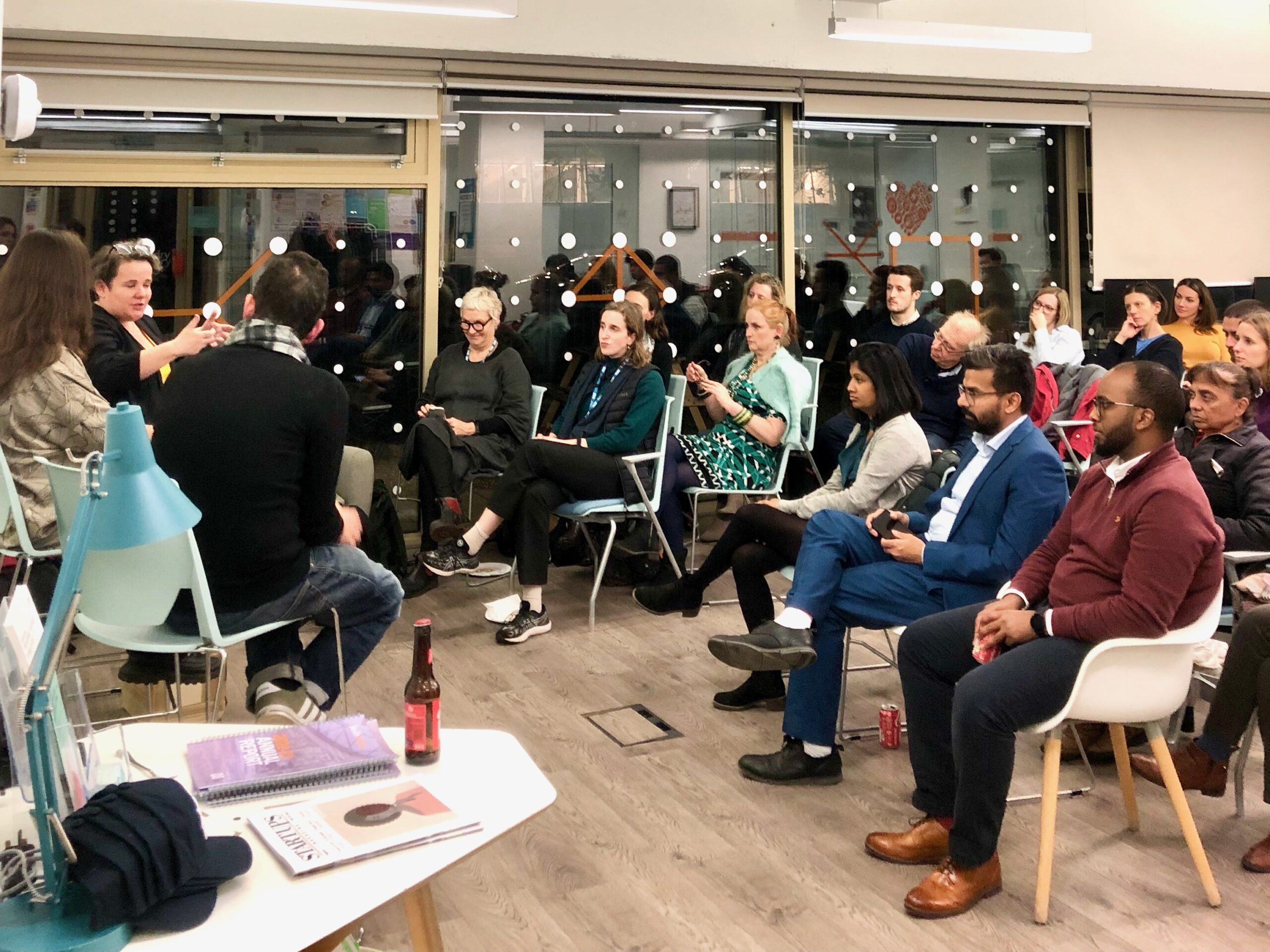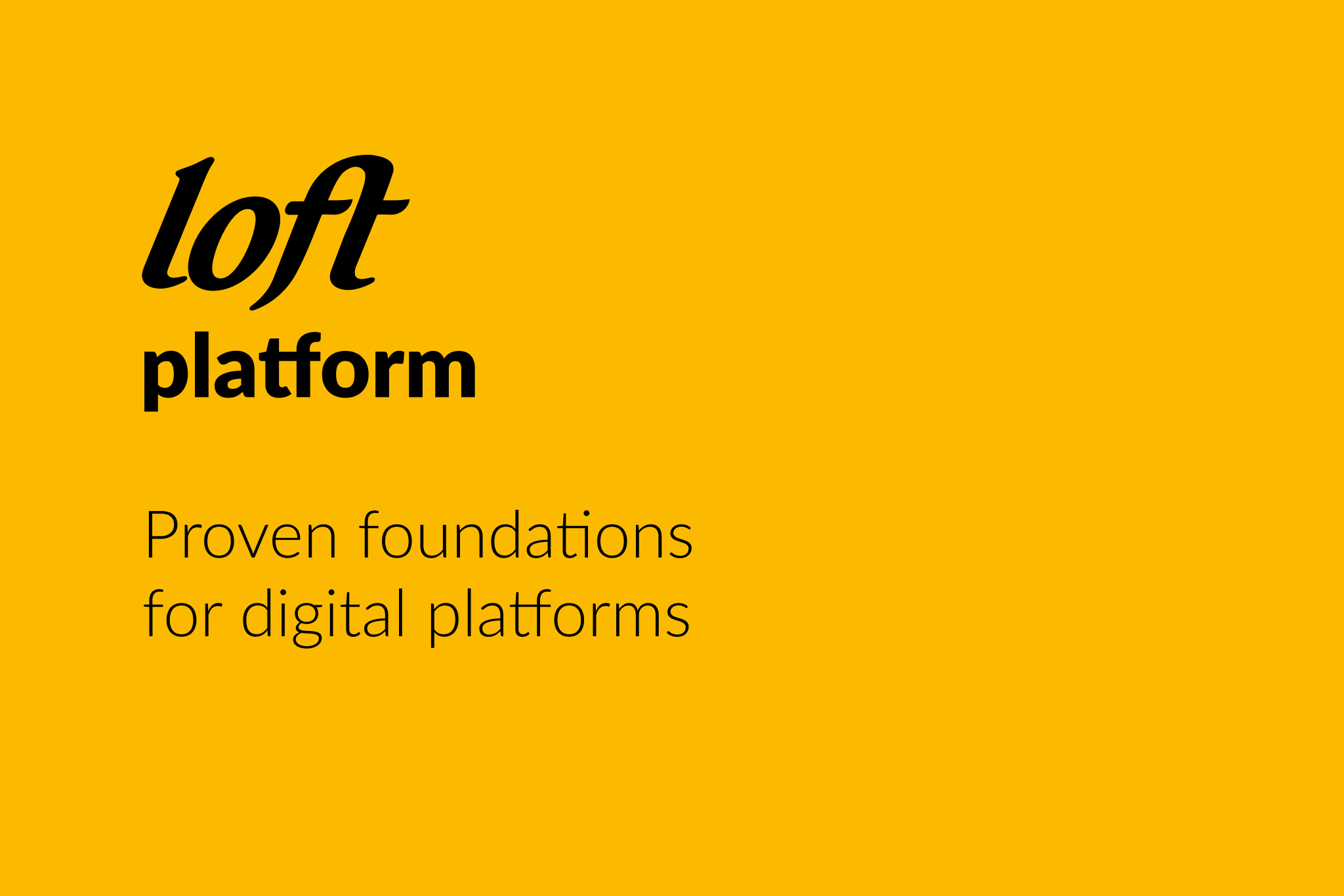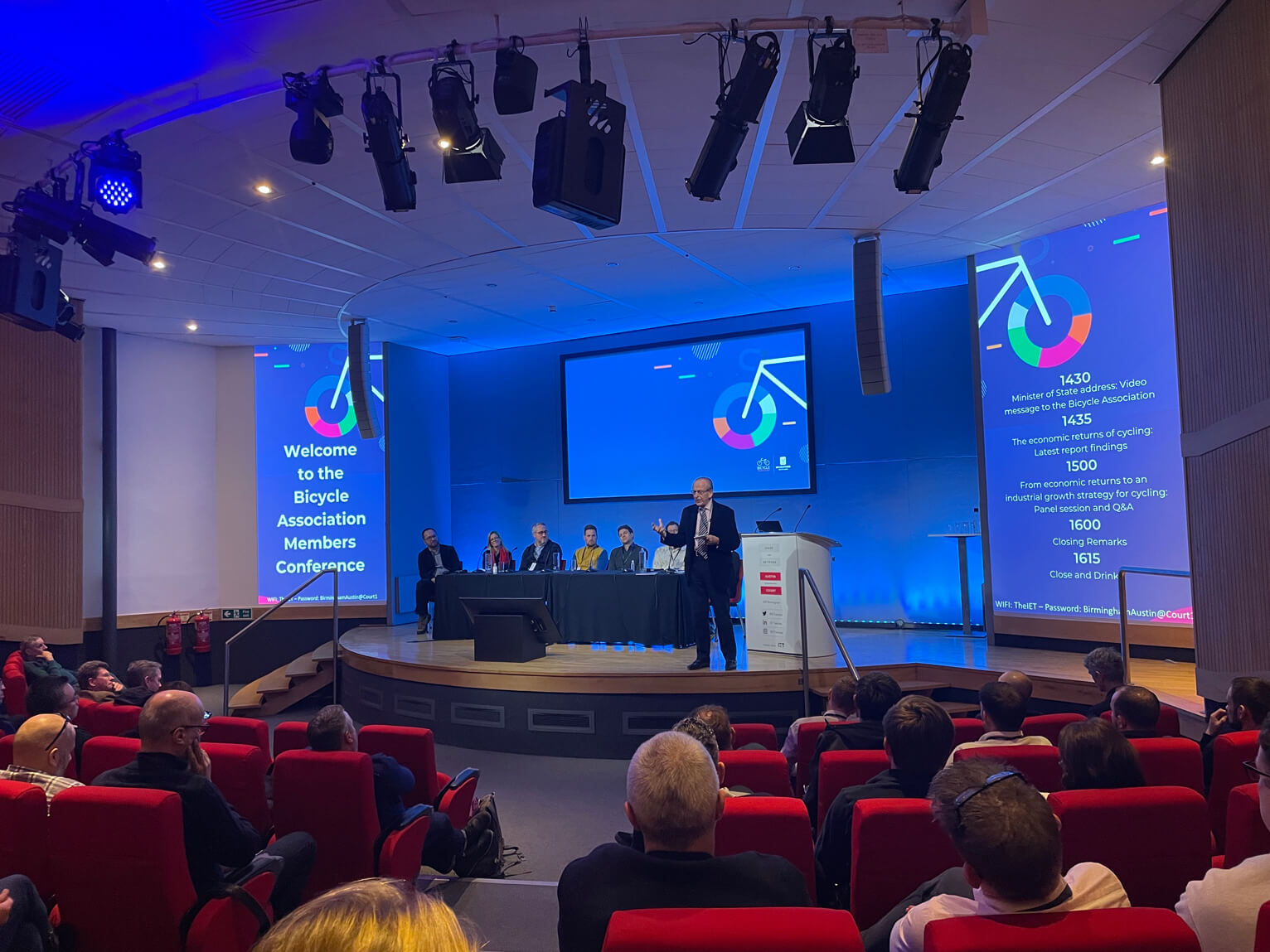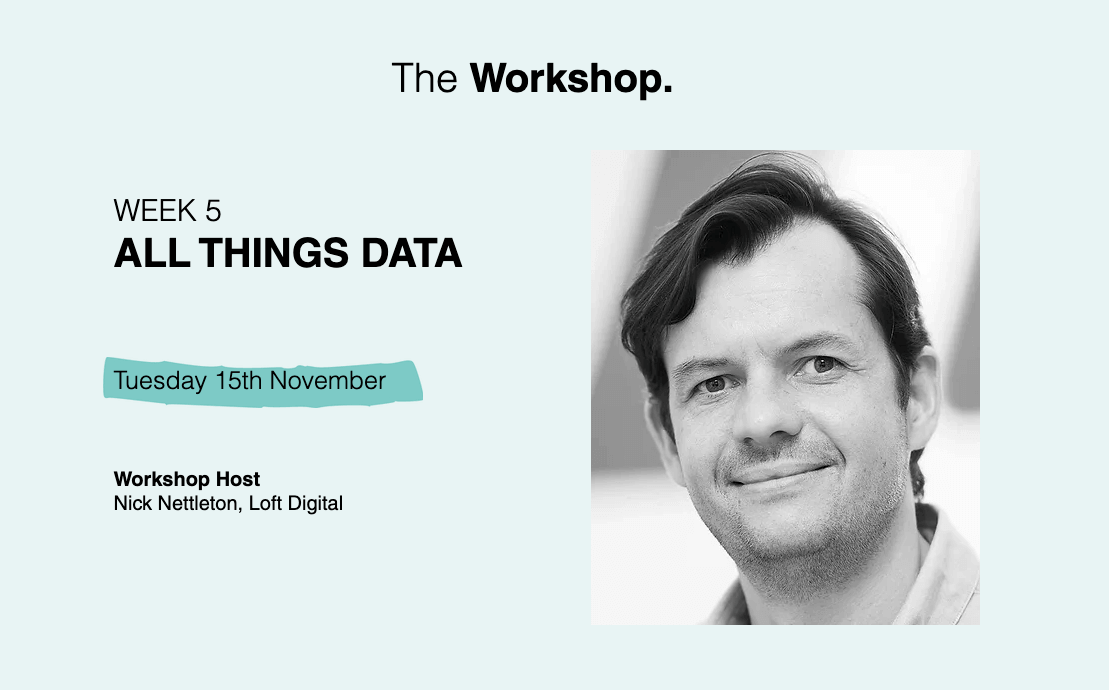Rare diseases currently affect around 5% of the world population, about 400 million people worldwide. With only about 400 approved treatments available for the more than 7,000 conditions, it is time to examine the major blockers stopping treatments being approved faster, and some of the innovative organisations working to accelerate progress.
Large-scale genomic sequencing
Major scientific advances enabling gene manipulation and large-scale genomic sequencing, combined with machine learning algorithms in research settings, are increasing the genetic diagnosis yield in rare diseases. This is significant progress, because 80% of rare health conditions are caused by gene mutations. There is a huge potential for technology to play a key role, and the future for discovering treatments of rare diseases is looking bright. But why are there still so many conditions without treatments?
One key issue is the time it takes to diagnose rare disease patients, which on average is 5 years. 30% of patients remain undiagnosed even after 5 years. This process can be sped up by examining all possible rare genetic diseases through WES (Whole Exome Sequencing) which reads all exonic regions of 20,000+ human genes. The genetic variants discovered through this can unleash genetic clues to the patient’s undiagnosed disease.
These advances in genetic sequencing have huge potential, and are beginning to have a major impact. However, what other major factors are still required to ensure potential treatments are delivered for patients with rare health conditions?
Data & information on rare diseases
Lack of information on the disease, lack of scientific knowledge, lack of appropriate quality healthcare, and the high cost of the few existing drugs and care, all have a role to play. In addition, the fact that a rare disease is rare means that patients’ data is dispersed and hard to collect and collate.
There are established networks to connect people with rare diseases worldwide like Global Genes, a great resource and network which is helping to bridge the gap between patients and data. But the big challenge, which is often overlooked, is the accessibility of data for rare health conditions. For common health conditions there are normally large data sets of information available for scientists to analyse. For rare health conditions this is not the case.
This lack of quality data for many rare diseases is limiting progress in being able to analyse data to find patterns utilising big data and machine learning techniques. Therefore it is slowing down or even stopping the development of treatments to help patients. The major issues are first to locate, and then gain permission, to use the patient’s data.
Health data is among the most sensitive types of data and protected by strict security rules, such as HIPAA in the US and data protection law in the UK. This is for good reason, as health information is extremely sensitive and intimate, and can lead to discrimination. This may take the form of higher life insurance premiums or the denial of insurance coverage. This article highlights additional issues around data privacy in more detail.
“Rare disease data is normally spread across multiple care providers and patient organisations”
To add to the problem rare disease data is normally spread across multiple care providers and patient organisations, and so can be difficult to collate into a single, linked usable format. The department of health in its UK Strategy for Rare Diseases, outlines the problems in finding enough robust epidemiological and clinical and health economics data for most rare diseases, however suggests that input from patients and their families can improve both the quality and effectiveness of research, where their involvement should be encouraged at all stages of the research process.
Tech innovation for rare diseases
With this in mind maybe we need to think differently about the way data is collected and stored for patients with rare conditions. Perhaps we need to invest in smart technical solutions to empower patients to take control of their own data and how this data is used.
Innovative HealthTech startups such as PicnicHealth are helping patients with rare conditions collate all their sensitive data across different health agencies, and are currently partnering with Roche on collating a quality dataset of 5000 patients suffering with multiple sclerosis (MS). This coalition of usable quality data is key to push forward research and development of potential cures.
Another way of looking at the problem is to think outside the box and allow patients to take control of the process. An innovative collaboration project between Moorfields Eye Hospital, UCL and Loft Digital is rethinking the problem of collating sensitive quality data on rare eye conditions, by empowering self organised groups of patients to supply the data required via a secure online platform called MyEyeSite. This will allow quality data to be gathered in a consistent format, and enable patients to have full control of where, when and how their data is used. This will be of massive help to health companies who are working on solutions for rare eye conditions.
Are you involved in rare disease or another area of health where there are challenges that could be resolved by thinking more creatively about how digital can play a role? We’d love to talk – please get in touch.







